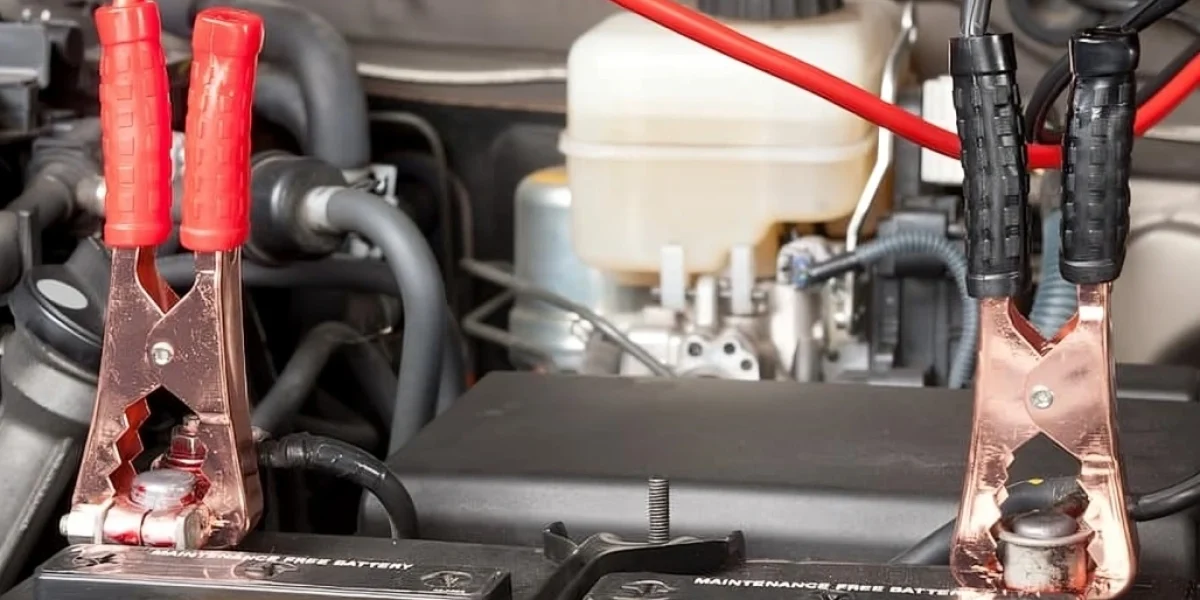Low battery and bad starter problems are common issues faced by truck drivers and owners. Understanding the causes, methods for resolving these problems, and preventive measures is crucial for ensuring smooth operations and minimizing downtime. This article explores why these issues occur, how to address them effectively, and what can be done to prevent them in the future.
Why Do Low Battery Problems Arise?
- Frequent Short Trips: Short trips can prevent the battery from fully charging, leading to gradual power loss.
- Aging Battery: Over time, batteries lose their ability to hold a charge and deliver the required power.
- Extreme Weather Conditions: Cold weather can reduce a battery’s capacity, while hot weather can cause it to overheat and deteriorate.
- Parasitic Drains: Electrical devices left on, such as interior lights or aftermarket accessories, can drain the battery over time.
- Faulty Alternator: A malfunctioning alternator can fail to recharge the battery properly, leading to power depletion.
How to Troubleshoot Low Battery Problems
- Check Battery Voltage: Use a multimeter to measure the battery voltage. A fully charged battery should read around 12.6 volts.
- Inspect Battery Connections: Ensure the terminals are clean, tight, and free of corrosion.
- Test the Alternator: Start the engine and measure the voltage. A reading between 13.7 and 14.7 volts indicates the alternator is working properly.
- Jump-Start the Battery: Use jumper cables and another vehicle to start the engine if the battery is completely drained.
- Replace the Battery: If the battery fails to hold a charge after troubleshooting, it may need replacement.
Preventing Low Battery Problems
- Regular Maintenance: Schedule routine battery inspections and clean the terminals to prevent corrosion.
- Avoid Short Trips: Combine errands to allow the alternator to recharge the battery fully.
- Monitor Electrical Usage: Turn off lights and accessories when the engine is off.
- Install a Battery Warmer: In cold climates, use a battery warmer to maintain its capacity.
- Replace Aging Batteries: Replace batteries before they fail, typically every 3-5 years.
Why Do Bad Starter Problems Arise?
- Worn-Out Starter Motor: Over time, the starter motor components can wear out, causing it to fail.
- Faulty Solenoid: The solenoid, which transfers power from the battery to the starter, can malfunction.
- Electrical Issues: Damaged wiring or poor connections can disrupt the flow of electricity to the starter.
- Ignition Switch Problems: A faulty ignition switch can prevent the starter from receiving power.
- Low Battery: A weak battery may not provide enough power to engage the starter motor.
How to Troubleshoot Bad Starter Problems
- Listen for Sounds: Clicking or grinding noises when turning the key can indicate a starter problem.
- Check Battery and Connections: Ensure the battery is fully charged and the connections are secure.
- Inspect the Starter: Look for visible signs of wear or damage on the starter motor.
- Test the Solenoid: Use a multimeter to check if the solenoid is receiving and transmitting power.
- Consult a Mechanic: If the starter motor or solenoid needs replacement, seek professional assistance.
Preventing Bad Starter Problems
- Inspect Electrical Connections: Regularly check and tighten the connections to the starter and battery.
- Avoid Overloading the Starter: Turn off electrical devices like lights and radio before starting the engine.
- Schedule Maintenance: Include the starter system in routine maintenance checks.
- Replace Aging Components: Replace the starter motor or solenoid if signs of wear appear.
- Monitor Battery Health: Ensure the battery is in good condition to provide adequate power to the starter.
Additional Tips for Truck Drivers & Owners
- Carry Essential Tools: Keep jumper cables, a multimeter, and basic hand tools in your truck for emergency troubleshooting.
- Invest in a Battery Charger: A portable battery charger can be useful for recharging a weak battery.
- Know Your Vehicle: Familiarize yourself with the owner’s manual and understand the location of key components.
- Use Quality Parts: Opt for high-quality batteries and starter components to ensure reliability.
- Stay Prepared for Weather Changes: Be proactive in maintaining the battery and starter system during extreme weather conditions.
Conclusion
Low battery and bad starter problems can be frustrating, but understanding their causes and solutions can help truck drivers and owners minimize downtime. Regular maintenance, prompt troubleshooting, and preventive measures are essential for keeping your vehicle in top condition. By addressing these issues proactively, you can ensure reliable performance and avoid costly disruptions.
FAQs
Q1: How often should I replace my truck battery?
A: Most batteries need replacement every 3-5 years, depending on usage and maintenance.
Q2: What are the signs of a failing starter?
A: Clicking noises, grinding sounds, and difficulty starting the engine are common signs of a bad starter.
Q3: Can I jump-start a truck with a bad starter?
A: Jump-starting may not work if the starter motor is completely malfunctioning.
Q4: How can I prevent parasitic battery drains?
A: Turn off all electrical accessories when the engine is off and disconnect aftermarket devices if not in use.
Q5: What should I do if my truck won’t start despite a charged battery?
A: Inspect the starter motor, solenoid, and ignition switch for potential issues and consult a mechanic if necessary.


